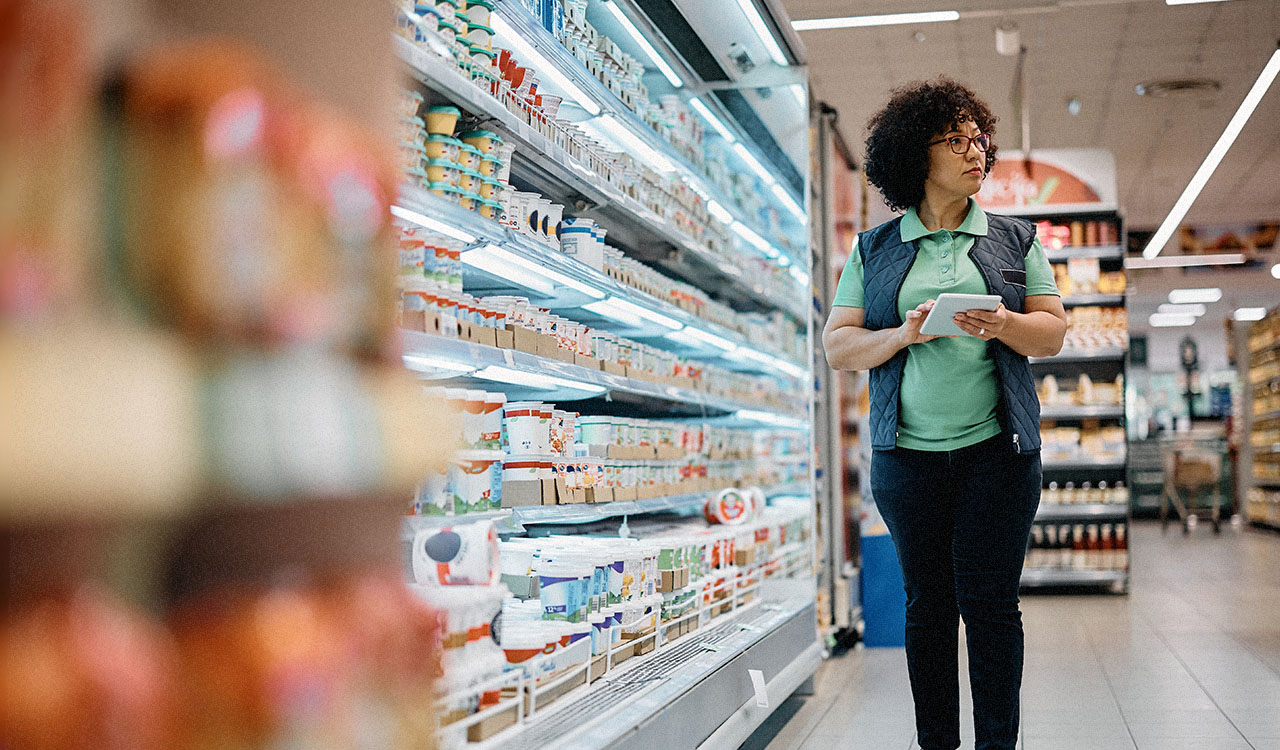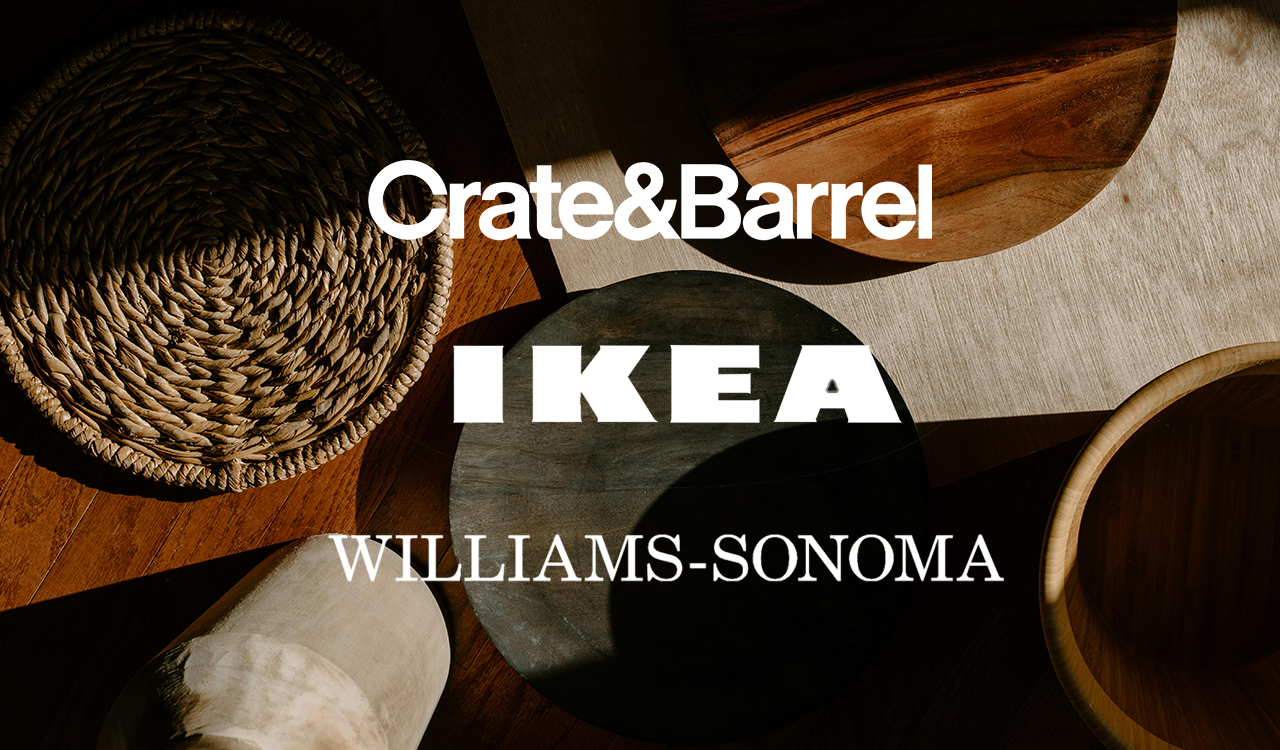Remember when everyone was talking about the great retail “bifurcation?” The gap between discount and luxury retail was the trending topic up until a year ago, when Covid-19 threw all of the old rules out the window. Then consumers started buying fewer items. While merchandise began to pile up for some retailers, others missed their regular shipments due to lulls in production. The conversation has changed to how to operate retail with a simplified strategy.
Now, instead of worrying about how to attract a wider range of consumers, retailers have been forced to whittle down their inventory. Instead of recruiting new consumer demographics, they have been forced to double-down on customization for their existing customers. And instead of bringing customers into stores, they have had to re-think their shipping strategies to handle increased DTC (direct to consumer) traffic.
[callout]Customers want to be remembered. They want to feel seen. And when their shopping journey is purely online, personalization engines are one of the few tools at a retailer’s disposal to provide recognition and customization.[/callout]
A minimalist approach is paramount to retail success in the time of coronavirus. Let’s take a look at some of the ways that retailers can strategically refine their operations to achieve it.
Personalization Drives Strategic Sourcing
It used to be that a retailer could simply put out a great product with a strong mission statement on social media and wait for their tribe to come to them. But that’s not the world we’re living in. Nowadays, it takes more than just a great offering to make product move. The right product has to find the right customer at the right time, and that takes customization.
While consumers once viewed personalized recommendations as “creepy,” they’ve become more mainstream over the past few years and taken on new importance during Covid. Personalized recommendations are considered a “hygiene factor” for brands –– meaning they’re a retail standard that customers don’t notice unless/until they aren’t there.
Customized recommendations require an upfront investment. However, personalization engines with targeted recommendations reduce marketing and sales costs by 10-20 percent. Customers want to be remembered. They want to feel seen. And when their shopping journey is purely online, as it often is during Covid, personalization engines are one of the few tools at a retailer’s disposal to provide recognition and customization.
Each Consumer Segment is Impacted Differently
The ripple effect of the pandemic is both far reaching and varied. Each household is facing unique challenges, based on their demographic, job status, mental and emotional health, and virus exposure. Many of the challenges consumers are facing are economic in nature. A recent Pew study found that one-in-four adults have had trouble paying their bills since the outbreak, a third have dipped into their savings or retirement accounts, and nearly one-in-six have borrowed money from friends and family or had to get food from a food bank.
There is also a mental and physical health crisis. Many people have lost family members to the virus, gotten severely ill themselves, and/or their mental health has suffered during lockdown. Psychiatrists’ Zoom schedules are booked out for months at a time, and these factors impact consumer spending in some interesting ways.
More young people lost jobs than older adults. Minorities and low-income Americans were more likely to get laid off or have their hours reduced, while white collar consumers have been less impacted by layoffs. Despite the fact that fewer white-collar consumers lost their jobs, they are still susceptible to mental and physical health issues. High stress work environments have become even more demanding, and consumers across economic strata have had to take on additional duties, or hustle to find a new gig while the world was on pause.
In-store Shopping Is More Aggressive
How can that be, when retail stores are still under county mandated lockdown? Brick-and-mortar shopping is not more aggressive in attendance, but it’s surpassed all numbers in basket size. Consumers are ready to spend when they finally make it into a physical store, but retailers need to be careful to keep up hygienic practices.
There’s a Hygiene Circus Act that’s expected of physical retailers. Sure, this refers to real protocols such as wearing masks, wiping down surfaces, and ensuring customers keep their social distance, but the majority of physical retailers have also implemented mildly humorous “sanitization protocols” that may or may not be effective in an attempt to appease the masses. I’m referring to foot traffic direction adhesives (that customers flagrantly ignore and employees fail to enforce), bihourly employee cleaning announcements over the P.A. system (that nobody visibly follows through with), and those goofy little metal instruments that restaurants have started supplying to enable patrons to touch fewer surfaces.
Is the Hygiene Circus Act actually preventing anyone from contracting Covid? Probably not. But customers seem appreciate the fact that the retailers who perform it are interested in keeping them safe.
DTC Sales Refocus Retailers on Prompt Delivery
The benefits of DTC (direct to consumer) delivery in preventing virus exposure are obvious. So, it should come as no surprise that DTC orders are on the rise –– putting even more pressure on retailers’ back-of-house processes, supply chains, and delivery methods. Richard Maicki, Managing Director in the Performance Improvement Practice of Berkeley Research Group (BRG), says DTC orders have jumped from around 20 percent to 40 percent of customer orders during Covid.
But customers still list “free shipping” as their top priority when choosing a retailer to patronize. This is the crux of the issue: how do retailers continue to offer free shipping when customers are buying more online, but are also more discerning than ever about which products they choose to keep? Should they include shipping costs in with the price of the product and risk being abandoned for lower cost competitors? Should they eliminate return options? Or should they incentivize customers to cross the checkout finish line with add-on gifts or discounts on the next purchase?
There’s no single right answer. Customers have become more understanding about retailers not taking returns during the pandemic, but those that choose to go this route need to ensure that their new return policy is clearly stated on their website. Personalizing marketing messages and stocking fewer, data-backed inventory items can also help with DTC return rates.
Closing Thoughts
More isn’t more in the retail world any longer. Instead of sowing their wild oats with a large range of inventory items that target different consumer demographics, retailers are reeling it in, paring it all down, and getting laser-focused on their target customer base. Sparse inventory is the name of the game. “Dust” is a four-letter word. And the Hygiene Circus Act is just part of the retailtainment that cash-strapped consumers have come to expect when they visit a physical store. Welcome to The Great Retail Simplification. Please sanitize your hands at the door.




